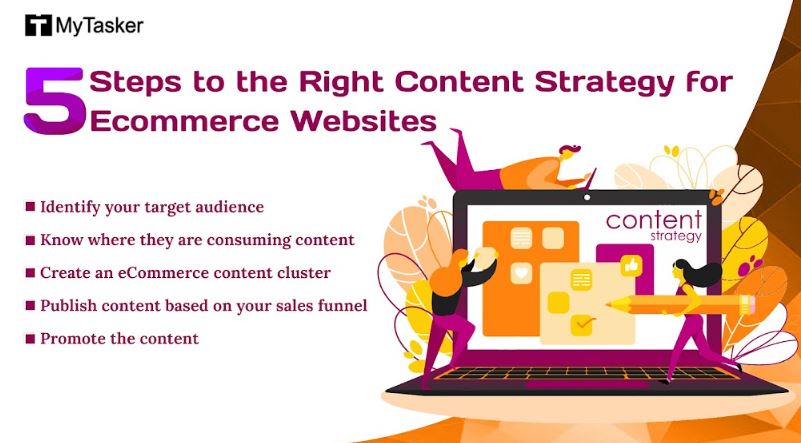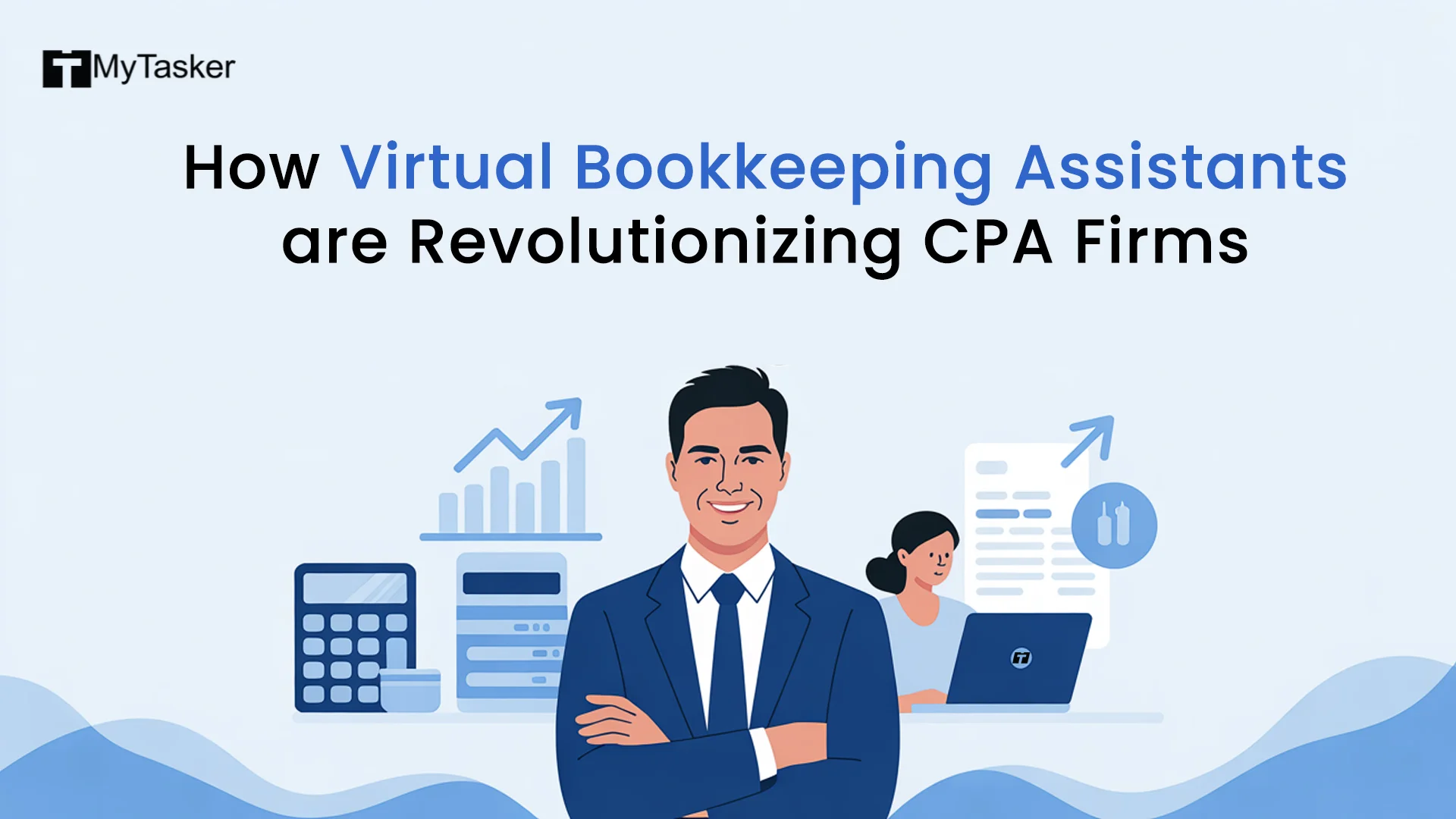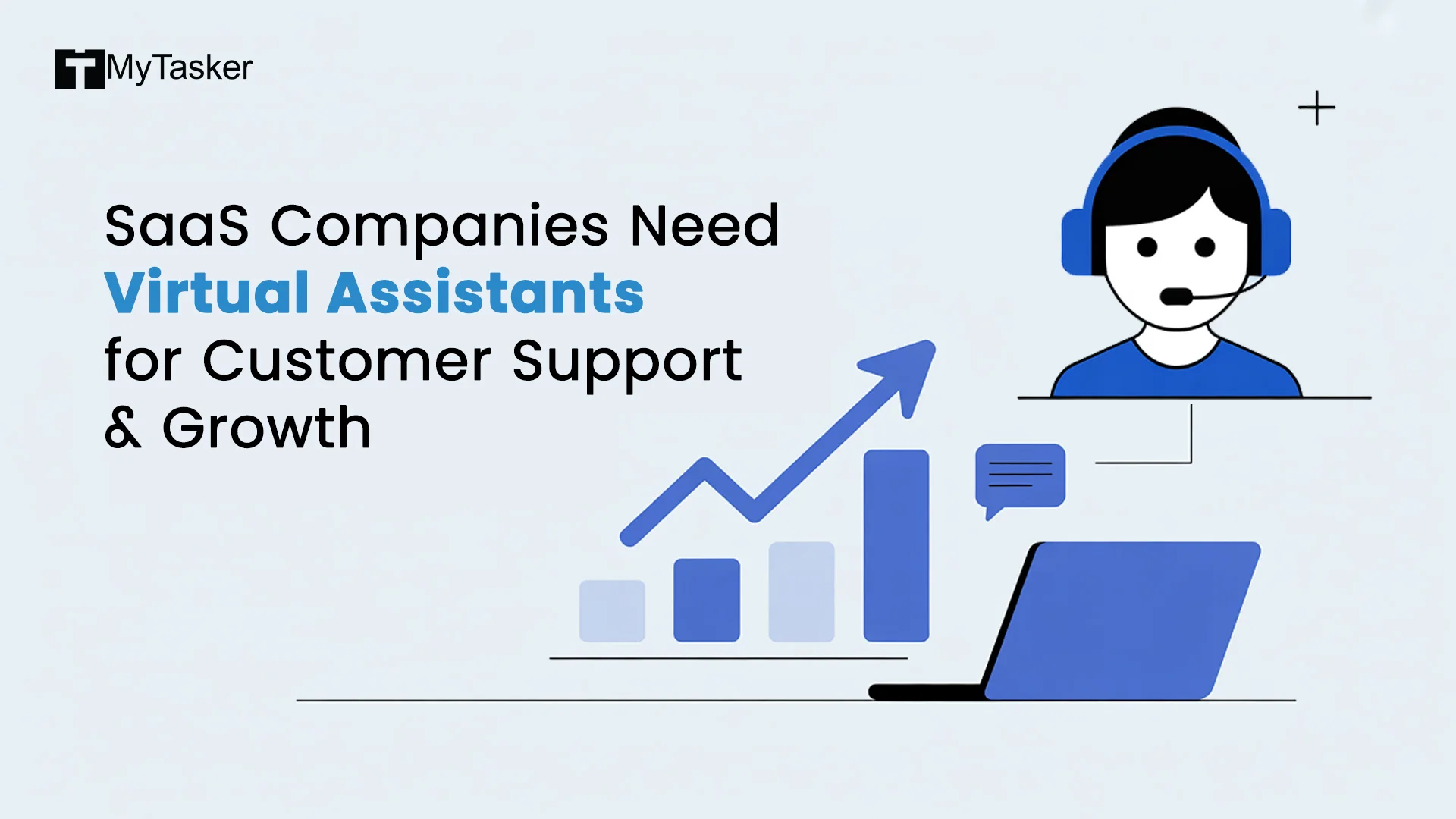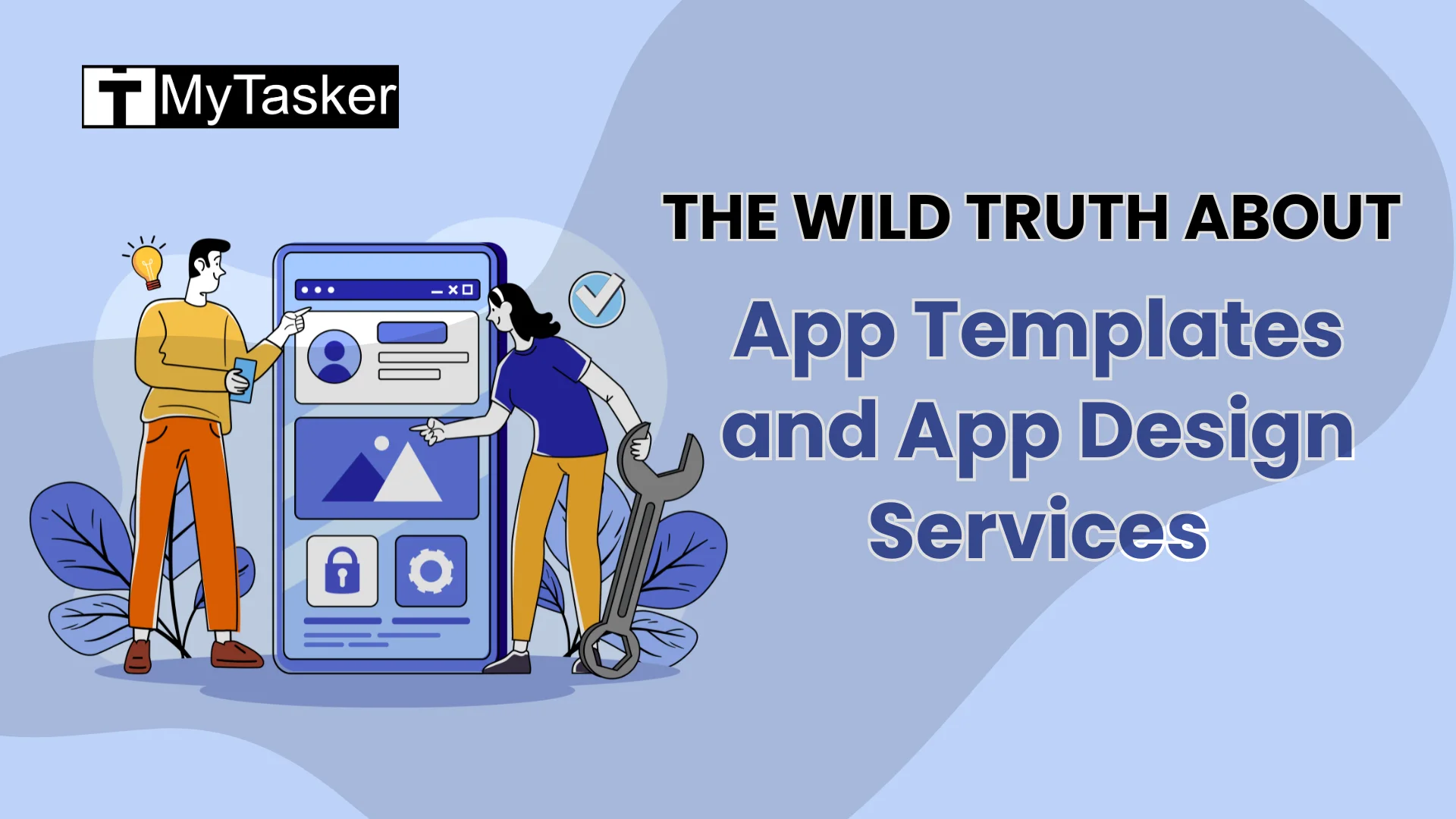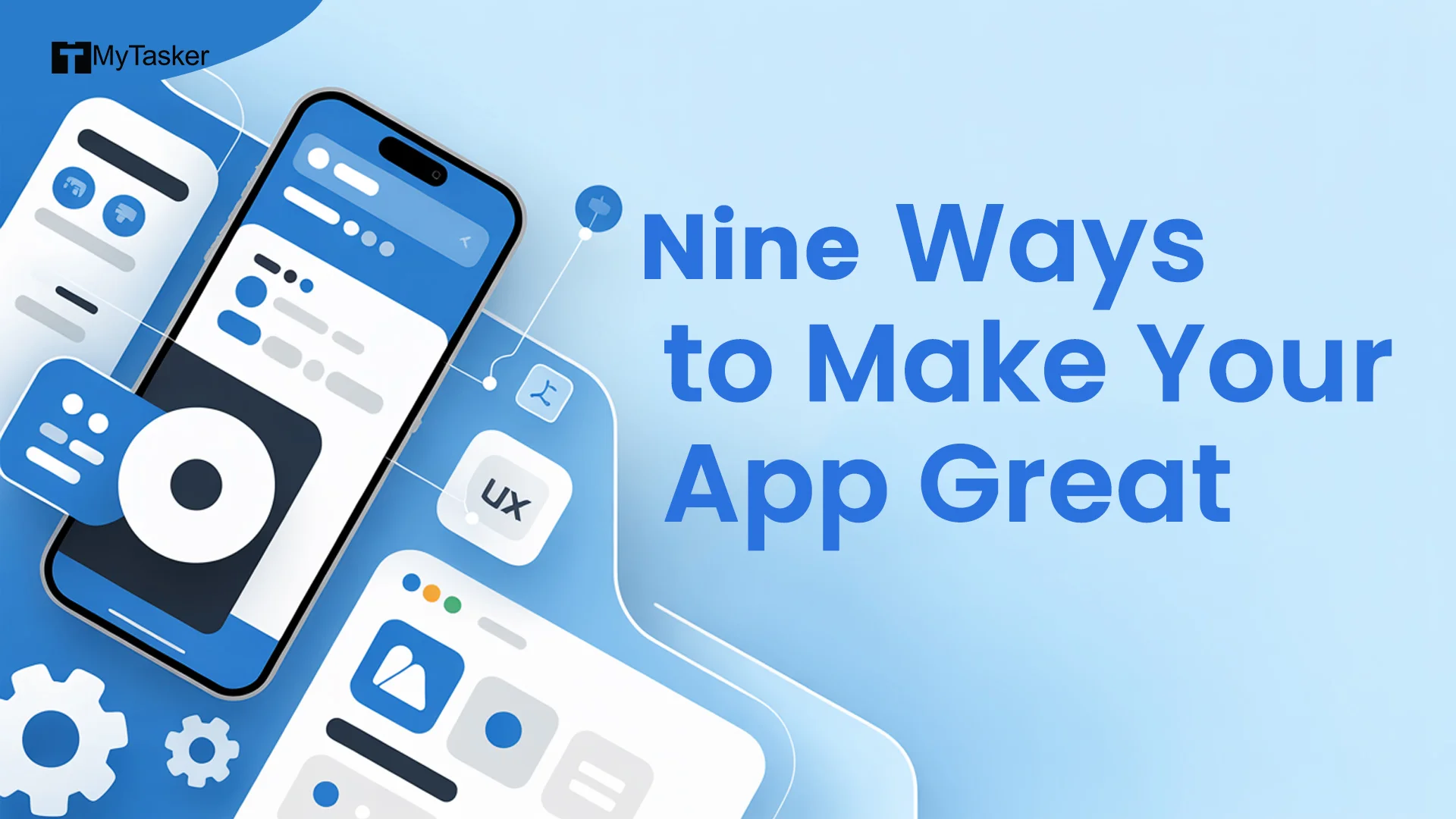Providing valuable digital customer experiences is now taking the lead in eCommerce marketing strategies. However, producing content is not enough. You need a forward-thinking and documented content strategy for eCommerce sites before creating content.
If you keep creating content without any specific purpose, chances are, your customers will not know whether to make head or tail of your eCommerce online store.
Your brand will retire to the background, with a handful of content, images, and videos to show that you are doing something, but which gets added to the general noise - which does not help your eCommerce business at all.
The right content marketing strategy for eCommerce sites can help you generate quality leads and increase sales. In a nutshell, the steps are:
- Identify your target audience
- Know where they are consuming content
- Create an eCommerce content cluster
- Publish content based on your sales funnel
- Promote the content
This blog post explains the concept of content marketing, how it can help eCommerce websites, and what you will need to do to produce an effective content strategy for your store. Let us dive in!
What Is Content Marketing?
Content marketing is a strategic approach to marketing that encompasses planning, creating, publishing, and distributing relevant and valuable content to your target audience consistently. Channels for publishing and promoting content may include blogs, social media, podcasts, press releases, apps, videos, and websites.
The ultimate goal of content marketing is to prove yourself as a reliable source of information so that your customers see you as the best authority online to help them solve their problems.
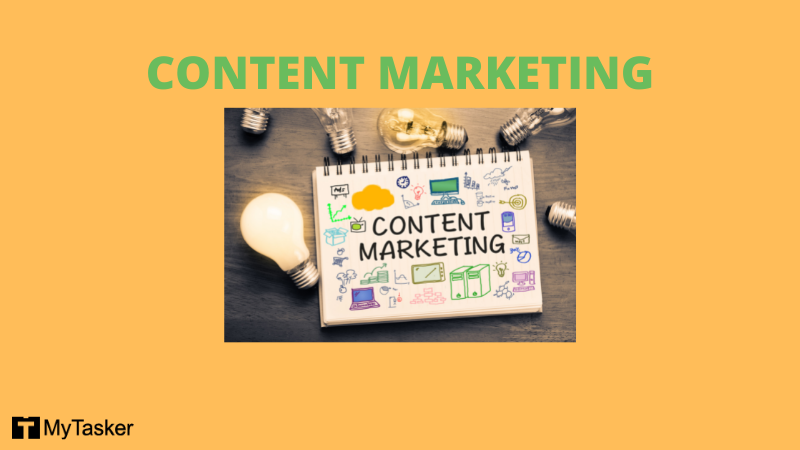
Benefits of a Content Marketing Strategy for Ecommerce Websites
Without a good eCommerce content strategy, your content may lack purpose and turn away potential buyers. In the process, your competitors may get ahead of you.
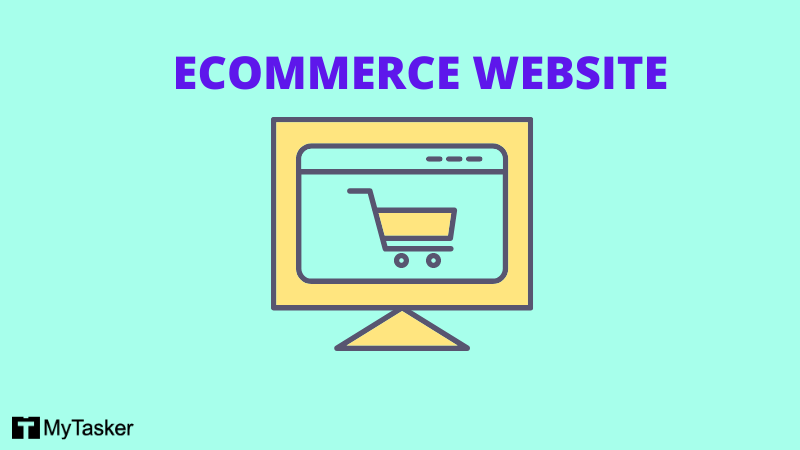
These are the reasons why you can gain a strategic advantage via eCommerce content marketing:
-
An Ecommerce Content Strategy Boosts SEO
When it comes to Search Engine Optimization (SEO), creating and optimizing quality content around relevant keywords should be a top priority. This will help your content attract more organic search traffic to your eCommerce website, which is valuable as SEO is free.
Also, if your content strategy for eCommerce includes SEO, your customers may spend more time on your site and engage more with your eCommerce brand.
This is because SEO would help show your website to the right people, who are already searching for what you sell. In turn, if they are facing a problem and see your solution as the right fit, they may be more interested in what you have to offer.
-
Content Marketing Sets Your Ecommerce Brand Apart From the Rest
With so many eCommerce businesses and stores popping up nowadays, it can be difficult to differentiate your brand. Not if you have a strong content marketing strategy for eCommerce, though.
The right strategy can help you show off your eCommerce brand personality and attract customers who fall in love with that personality.
Your eCommerce store may or may not have the best products, but a powerful content marketing strategy can build a loyal customer base around your brand.
-
Content Marketing for Ecommerce Enhances Brand Loyalty
Since people have plenty of choices at their fingertips today, you may find it tough to create brand loyalty. As soon as your customers find a better buying experience with another eCommerce business, they may abandon yours.
In such a scenario, building and maintaining brand loyalty would imply strengthening your relationship with your customers.
How is that possible?
You can form a connection with your buyers by regularly producing useful content that educates, entertains, and engages them. This will make them look forward to your next piece of content that addresses their pain points and provides them with the best solutions.
Types of Content You Can Produce on Your Ecommerce Site
When developing a content marketing strategy for eCommerce websites, you can choose from various content types. Some of them are:
-
Blog Posts
Blog posts are the best ways to boost your eCommerce website’s SEO for increasing organic traffic to your site. You can provide useful information through long-form and short blog posts to build customer relationships.

-
Product Guides
Product Guides can also drive traffic to your eCommerce site when people want to know more about certain products that you happen to sell.
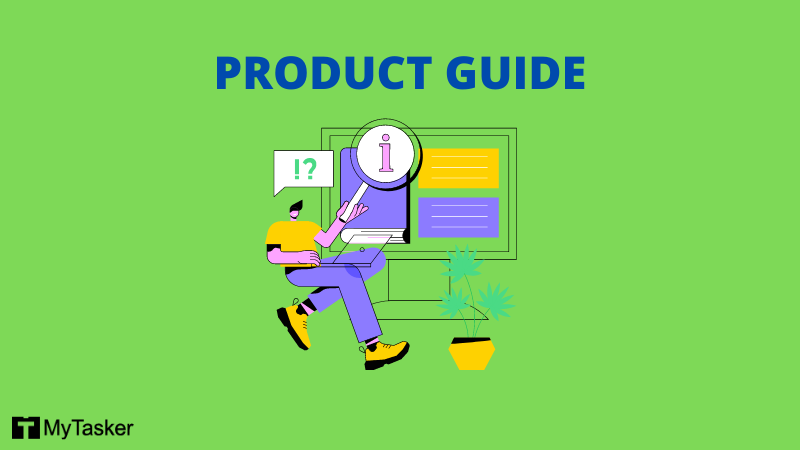
-
Email Marketing
Confirming purchases, notifying buyers about shipping, and informing them of new products through emails can also help you build relationships with them.
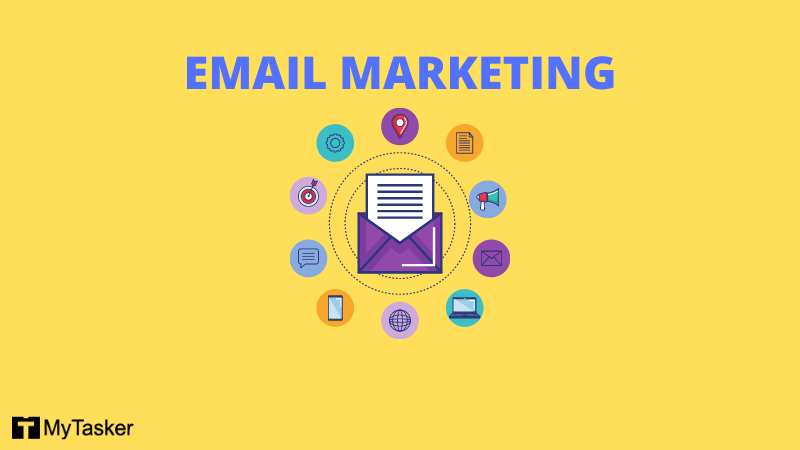
-
Infographics
Infographics can convey helpful information like statistics in a visually appealing way, making it easier for your customers to understand what you are trying to convey. Plus, infographics are shareable on social media like Pinterest, aiding you in increasing your eCommerce brand awareness.

-
Gift Guides
These give you the opportunity to show off your products while helping your customers make informed buying decisions. Gift guides are particularly handy during holiday seasons and events like Christmas, Easter, Thanksgiving, Mother’s Day, and so on.

-
Tutorial Videos
You can try video marketing as a medium to educate your target audience on how to use your products for solving their problems or pain points.
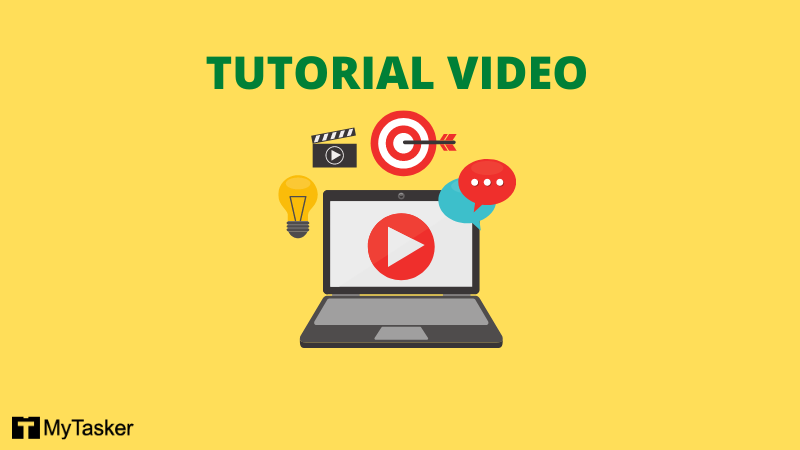
-
User-Generated Content (UGC)
UGC is high-performing and highly engaging content. In essence, customer feedback, reviews, and testimonials can be showcased on your eCommerce website. What’s more, when your customers show themselves using your products, other people are more likely to believe what they say and buy from your eCommerce brand.

5 Steps to Creating a Content Strategy for Ecommerce
1. Identify Your Target Audience
Your eCommerce content must be tailored to your buyers’ needs. So, without knowing who exactly your buyer is, you cannot produce content aimed at them. Here are some pointers that you can use to know more about your buyers:
- What are their pain points or problems?
- Why do they visit your eCommerce website? Is it to buy your products or learn more about them?
- What is their location, gender, age, and other demographic information?
- Are they productive or lazy, optimistic or negative-minded?
The best way to gather such information about your buyers is to conduct interviews with both your existing and potential buyers.
Putting forms on your eCommerce website to get their personal information is a good method. You can ask your marketing and sales teams to provide you with insights and feedback, too.
For example, you own an online store selling electronics products. You have found out that some of your buyers want to buy laptops from a store that offers valuable information in the form of how-to tutorials and long-form blog posts.
So, if you provide this information based on their needs, along with inserting a link to a set of laptops on your eCommerce website, your sales might increase.
.png)
2. Know Where They Are Consuming Content
Learning about your buyers’ preferred social media platforms, apps, and websites can tell you how and where to reach them. Do they like consuming content on TikTok, or are they more apt to click on a Facebook link to your eCommerce website?
Among the answers you may want to find include:
- What is the most preferred or popular social media platform for your target customers?
- What kind of content does your target audience prefer (such as long-form blog posts, videos, whitepapers, and so on)?
- Do your target customers prefer buying products over their phone or their desktop?
Google Analytics can help you answer these questions and more. You can identify how people are visiting your eCommerce site - whether by directly entering your website URL, via organic search, a social media channel, Google Ads, or through a referral from another website.
The tool also shows you a traffic breakdown by desktop and mobile devices.
Once you get all this information, you can create an eCommerce content strategy catered to your buyers’ requirements.
For instance, if your buyers tend to make purchases mostly off their phones, you need to ensure your eCommerce site has a responsive design, making it easier for them to consume content on their phones.
Suppose you find your buyers are getting to your website via organic search. That is your cue to focus on SEO and make your eCommerce site rank higher on Google’s SERPs using content marketing.
3. Create an Ecommerce Content Cluster
The next step in producing a content strategy for eCommerce sites is to pay attention to content creation. Here are some ways to develop ideas for content:
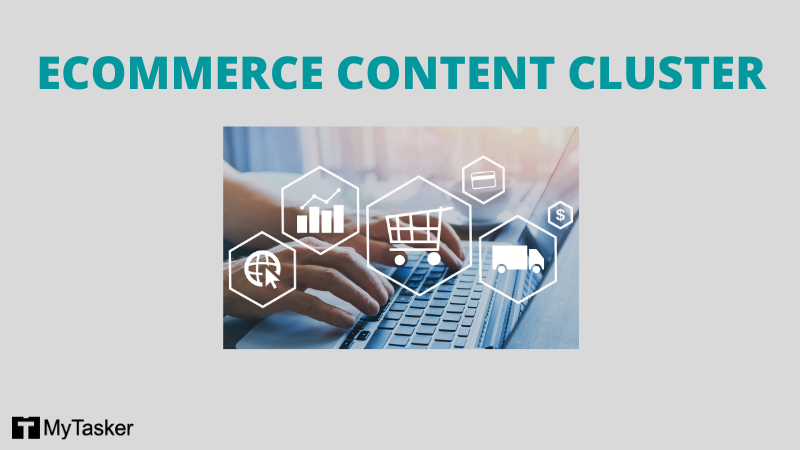
-
Keyword Research
Tools like Ahrefs and SEMrush can help you find out what your target customers are searching for on Google. To come up with content topics and ideas, why not start with answers to your customers’ Google search queries?
-
Competitive Analysis
It helps to check how your competitors’ eCommerce domains are faring against yours in search rankings. What kind of content topics and formats are they producing? How can you create better content than theirs?
-
Topic Research
There are several topic research tools online to help you find content topics that are relevant to your audience’s needs. You can identify the most useful and popular topics, the questions your buyers ask the most, and the headlines that can drive the most engagement.
-
Trending Content
Keep yourself up to speed with content that is trending online. You can use Google Alerts to notify you whenever there are top brand mentions on the internet.
-
Brainstorming Sessions
Sit with a small group of people and produce a brain dump of whatever content ideas or topics you can think of. After doing so for 15 to 20 minutes, go through the list of topics you have been able to come up with. Tick the topics you think would be informative and useful to your buyers in the future and strike off the irrelevant ones.
Once you are done thinking of content ideas, think about whether each idea will resonate with your target audience.
Would it work better as a video or a blog post or both? Does it need to be produced and published immediately, or is it evergreen?
4. Publish Content Based on Your Sales Funnel
As part of your content marketing strategy for eCommerce, you should get your sales to funnel right. Typically, there are three funnel stages and the respective content you would need to produce:
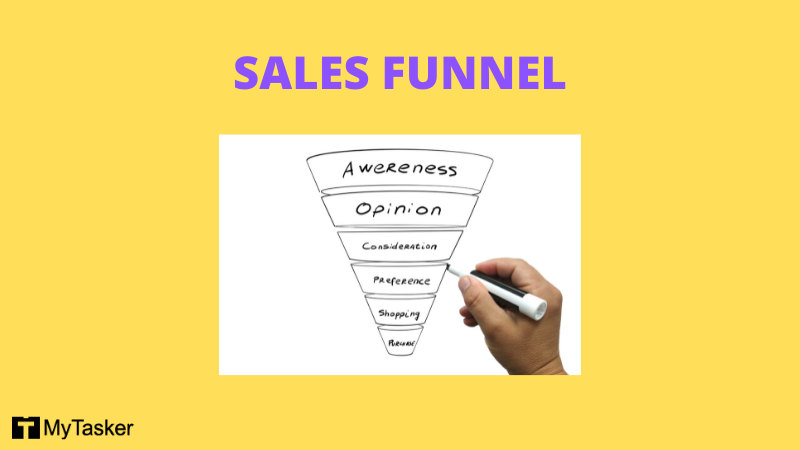
-
Awareness or Discovery
The top of the sales funnel is where you tell your customers that you know their problems. Together with that, your eCommerce content provides them with solutions to their problems in general.
Content strategy: Blogging, search engine marketing (SEM), and/or social media marketing.
-
Consideration
The middle of the funnel is where you build your buyers’ trust in your solution by engaging with them more deeply than before. In the awareness stage, you were trying to educate your buyers about generic solutions to their problems. However, the consideration stage is about how your solution is the best one they can get.
Content strategy: Case studies, free samples, and/or comparison guides.
-
Decision
The bottom of the sales funnel is where your customers have been motivated enough to make a purchase.
Content strategy: Livechat, emails, and/or chatbots.
5. Promote the Content
You may be publishing pages of content per month on your eCommerce site. However, if no one sees it, what is the use of creating content in the first place?
Hence, once you publish the content, it is time to focus on content promotion and distribution.

Here are some strategies you can use to put out your content in front of as many of your target buyers as possible:
- Sending outreach emails to your mailing list
- Paid advertising
- Collaborating with your eCommerce partners
- Sharing your content on social media channels where your target audience is most active
- Creating backlinks to your content
- Sharing your published content in online forums and communities like Facebook Groups, Reddit, and LinkedIn communities, where your buyers are members
- Partner with influencers in your eCommerce domain to share your content. For example, if you sell electronics products, it would not help to partner with an influencer who makes videos about fashion products.
Conclusion: Building an eCommerce Content Strategy
Now that you have a content strategy for an eCommerce website in place, don’t forget to measure and analyze the results on a periodic basis. Tracking the right content marketing metrics and poring over your customers’ feedback will help you better your eCommerce content strategies.
For super-productive content marketing strategies, you can also reach out to the Digital Marketing professionals at MyTasker. With their expert knowledge and insights into eCommerce marketing industry trends, they can ensure the growth of your eCommerce business.



